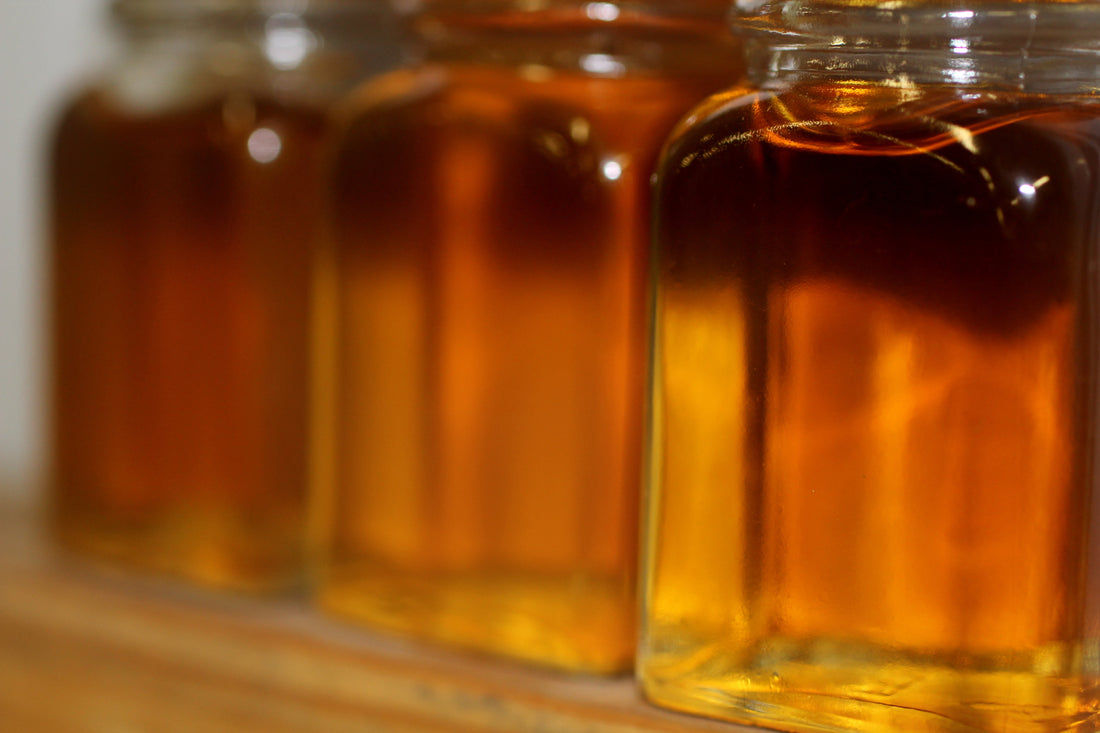
Time: What it Takes to Make Maple Syrup
By Zoe Papageorgiou
Maple syrup is a beloved staple in many households, drizzled over pancakes, waffles, and desserts. But have you ever wondered how this sweet treat makes its way from tree to table? The process of making maple syrup is both an art and a science that requires patience, care, and the right conditions.
Let’s start with the issue of timing the season. The month of March is especially lost to the art of boiling. Maple syrup production typically occurs during late winter to early spring when daytime temperatures rise above freezing and nighttime temperatures drop below. This temperature fluctuation creates pressure changes within the trees, allowing sap to flow.
Sap collection is step one. After we drill holes into sugar maple trees (usually about two inches deep) and insert the spouts or taps and tubing systems, (through which sap flows out), we wait. Sap life is short. While tapping can take anywhere from one day to several days during the season, it needs to be transported quickly to processing. Fresh sap has a limited shelf life before fermentation sets in. Remember the mention of March? Major syrup is an all day intense experience as the window for production is so short.
Once we collect the sap, it’s time to boil. This is where magic happens. Pure maple sap consists mostly of water—about 98%—so boiling it down concentrates its sugars into syrup form. The ideal ratio is roughly 40 gallons of sap needed to produce just one gallon of pure maple syrup! As a family, we didn’t understand why maple syrup was so expensive until we experienced not only how much sap it takes to make a gallon, but also how many hours of boiling to convert the sap into syrup. Boiling can take anywhere from six hours up to several days depending on factors like volume of sap collected and efficiency of equipment used.
Maple syrup also has its own flavor profile. The color of the syrup reflects the time of the season: earlier in the season is lighter and later in the season the sap is darker. Lighter syrup has a richer flavor than darker syrup and you can actually taste the difference when comparing the two.
Overall, while each individual phase varies significantly in duration based upon numerous factors including the scale of operation, climate conditions, etc., expect at least several weeks dedicated solely toward producing high-quality maple syrup once tapping begins.
So if you are like us and prefer a “side of pancakes with your maple syrup,” remember that golden sweetness is incredibly time intensive but truly pure and straight from the source.
